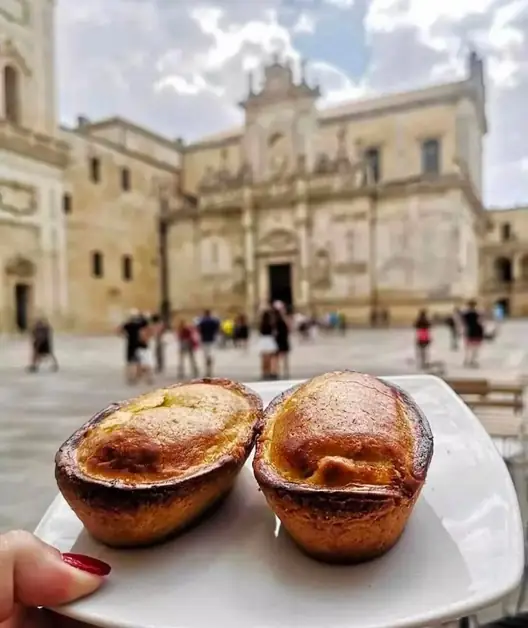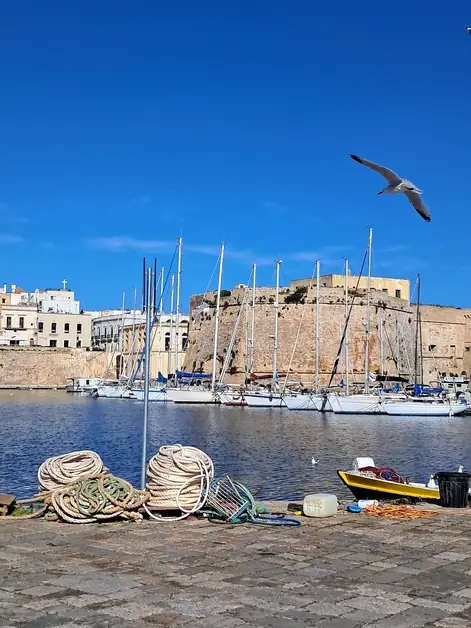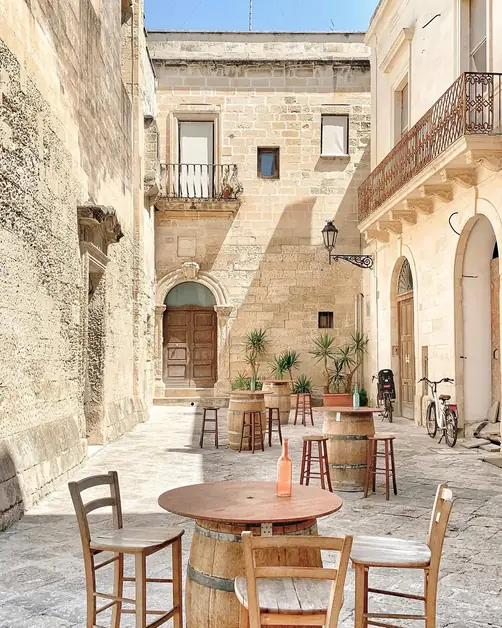The mysterious underground river Idume in Lecce
Discover the mysterious underground river Idume in Lecce.

What is the underground river Idume in Lecce?
The Idume is a watercourse that originates from the Acquatina springs and flows about 7 kilometers beneath the Lecce territory. It traverses the historic center, skirting historic buildings like the Castello Carlo V, and continues to the Idume Basin, where its waters gather before flowing into the Adriatic Sea near Torre Chianca. It is a hidden river just a few meters below the surface, feeding what is known as the underground Lecce, an intricate system of tunnels, hypogea, and spaces carved into the Lecce stone.
What is the water flow of the Idume river and why is it so important for Lecce?
The river has a considerable flow, estimated at around 1000 liters per second. It is therefore a watercourse of great importance for Salento, capable of feeding natural aquifers and basins. Over the centuries, the Idume has been essential not only from a water supply perspective but also culturally. Its waters were considered sacred, used for purifying rites and linked to the religious traditions of the Jewish communities in Lecce.
Where can you see the underground river Idume in Lecce?
Although it flows beneath the feet of those crossing the historic center, the Idume is visible only in specific points. Two of the most evocative are Palazzo Adorno, where the underground areas hold inscriptions and traces of ancient rites; and the Faggiano Archaeological Museum, a private house-museum that allows visitors to discover tunnels, cisterns, and areas connected to the river. In these places, it is possible to get close to the water and understand how central the Idume has been in Lecce's history.
What legends are associated with the Idume river beneath Lecce?
The Idume river is shrouded in popular legends. One of the best-known tales recounts the cries of a lost child in a well at Palazzo Adorno, a sound said to echo in the underground. Another tradition speaks of the use of the waters in purifying rites. Some engravings found in the tunnels suggest practices linked to the local Jewish community, which used the river as a means of spiritual purification. These stories have contributed to making the Idume a mysterious and evocative place that still fascinates tourists and scholars today.
How does the Idume fit into the underground Lecce?
The underground Lecce is a network of hypogean environments, formed partly by the extraction of Lecce stone and partly by the river's action. The water of the Idume has shaped tunnels, filled cisterns, and created spaces that have been used over the centuries for various purposes: water supply, refuges, and even religious pathways. Visiting the underground Lecce means discovering a hidden city beneath the visible city, made of water, stone, and legends.
How to get to Palazzo Adorno and the Faggiano Museum to visit the Idume river?
Palazzo Adorno is located on via Umberto I, right next to the Basilica of Santa Croce. From the train station, it can be reached in about 15 minutes on foot. Those arriving by car should consider that the area is in a restricted traffic zone (ZTL): it is advisable to leave the car in the parking lots on via Bernardino Realino or via Miglietta (free) and continue on foot for about 10 minutes. The Faggiano Archaeological Museum is located on via Ascanio Grandi, in the heart of the historic center. Again, those traveling by car must park outside the ZTL, for example at Foro Boario or Largo Settelacquare, and continue on foot.
How can you visit the underground passages of the Idume?
Visits are not free: to discover the underground areas of Palazzo Adorno, you must contact the Province of Lecce, which manages the building. It is possible to book guided tours that include historical explanations and access to points where the water is visible. The Faggiano Museum, on the other hand, is open to the public with regular hours and allows visitors to explore the tunnels and cisterns connected to the Idume either independently or with a guide.




